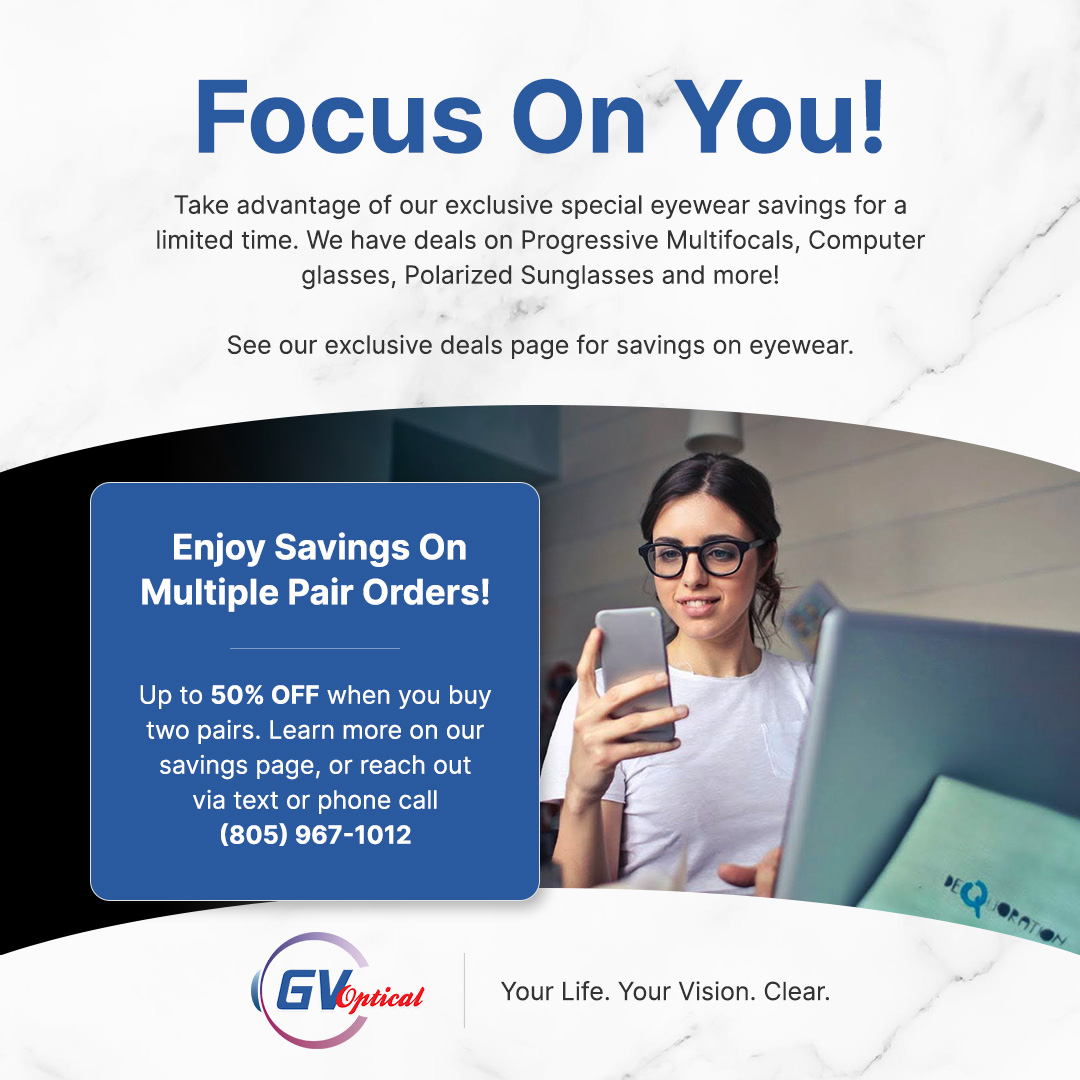
In the realm of vision care, refractive errors have emerged as a prevalent concern, affecting millions worldwide. These conditions arise when the eye's focusing system fails to function optimally, leading to blurred or distorted vision. As we navigate through life, clear and comfortable vision plays a crucial role in our daily activities, making the management of refractive errors a top priority.
Understanding Refractive Errors and Their Symptoms
Refractive errors encompass a range of conditions that impair the eye's ability to focus light accurately on the retina. These errors can manifest in various forms, each with its unique set of symptoms and visual disturbances.
- Myopia (Nearsightedness): Individuals with myopia experience difficulty seeing distant objects clearly, while near vision remains relatively unaffected. This condition is often characterized by squinting or straining to discern details at a distance.
- Hyperopia (Farsightedness): In contrast to myopia, hyperopia causes near vision to appear blurred or strained, while distant vision may remain relatively clear. Individuals with this condition may experience headaches, eye strain, or fatigue when engaging in close-up tasks.
- Astigmatism: This refractive error occurs when the cornea or lens of the eye has an irregular curvature, leading to distorted or blurred vision at both near and far distances. Objects may appear stretched or elongated in certain orientations.
- Presbyopia: As we age, the natural lens of the eye gradually loses its flexibility, making it difficult to focus on nearby objects. This condition, known as presbyopia, typically begins around the age of 40 and affects both near and distance vision.
Recognizing the symptoms of refractive errors is crucial for seeking proper treatment and maintaining optimal visual acuity.
The Role of Eyeglasses in Correcting Refractive Errors
Eyeglasses have long been the go-to solution for correcting refractive errors, and their effectiveness lies in their ability to bend and redirect light rays entering the eye. By strategically shaping and positioning specialized lenses, eyeglasses can counteract the visual distortions caused by refractive errors, restoring clear and comfortable vision.
The lenses used in eyeglasses are carefully crafted to address specific refractive errors. For instance, concave lenses are used to correct myopia by diverging light rays before they reach the eye, while convex lenses are employed to treat hyperopia by converging light rays. Cylindrical or toric lenses are designed to compensate for astigmatism by correcting the irregular curvature of the cornea or lens. For more information, visit our custom glasses page.
Types of Lens Technology for Enhanced Vision
The field of lens technology has witnessed remarkable advancements, offering a wide array of options to cater to diverse visual needs and preferences. Here are some of the most innovative lens technologies available:
- Progressive Lenses: Also known as "no-line bifocals," progressive lenses seamlessly transition from distance to near vision correction without the visible lines found in traditional bifocals. This design provides a smooth, uninterrupted field of vision, making them an ideal choice for individuals with presbyopia.
- High-Index Lenses: These lenses are made from materials with a higher refractive index, allowing for thinner and lighter lens designs. High-index lenses are particularly beneficial for individuals with stronger prescriptions, as they reduce the overall thickness and weight of the eyeglasses.
- Photochromic Lenses: These lenses have the ability to adapt to changing light conditions, automatically darkening when exposed to UV rays and brightening in low-light environments. Photochromic lenses offer convenience and protection against harmful UV radiation.
- Anti-Reflective Coatings: By reducing glare and reflections, anti-reflective coatings enhance visual clarity and reduce eye strain, particularly in situations involving bright lighting or computer screens.
- Blue Light Filtering Lenses: Designed to block a portion of the high-energy blue light emitted by digital devices, these lenses can help alleviate digital eye strain and promote better sleep patterns by reducing the disruption of circadian rhythms.
With such a diverse range of lens technologies available, individuals can find solutions tailored to their specific visual needs and lifestyle demands.
Schedule Your Eye Exam with GV Optical Today
As our understanding of vision and eye health deepens, eyeglasses will continue to evolve, offering more sophisticated solutions tailored to individual needs. The future of eyeglasses lies in their ability to seamlessly integrate advanced technologies, enhancing not only our vision but also our overall quality of life.
If you're experiencing any vision-related issues or are due for an eye exam, visit GV Optical at our office in Goleta or Santa Barbara, California. Please call (805) 307-7100 or (805) 883-3891 to book an appointment today.











